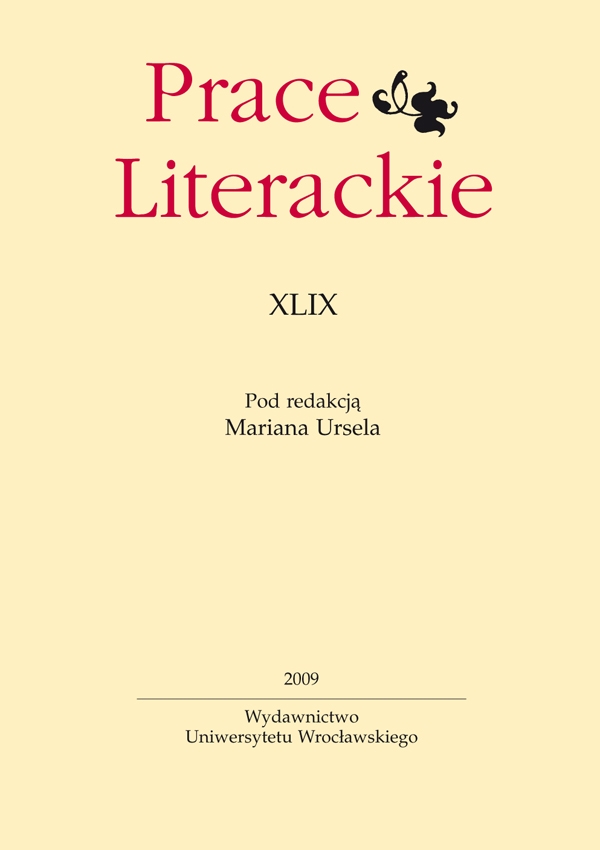

Artykuły

Fragments of the Romantic “anatomy of bibliomania”: martyrology of child readers in Juliusz Słowacki’s Godzina myśli [Hour of Thought]
The article focuses on the problem of bibliomania, as “wildly excessive” reading of books in the 19th century became a phenomenon characteristic of the Romantic era. Reports of the emotional styles of reading at the time were often worrying, a fact that influenced the Romantic perception of literature as a threat to society and led to the emergence of the “murderous books” motif in literature itself. The present reflections refer primarily to literary portraits of readers, particularly to the figure of a reading child who – it seems – best reflects the axiological paradox “heaven and torture” of the 19th century attitude to books. A starting point for an analysis of the most famous Polish work Godzina myśli [Hour of Thought] that included the child reader motif is a reflection on the modern manifestations of cultural revalorisation of the paper codex paradigm and the resulting tendency of writers to popularise reading by using the figures of reading children, figures devoid of any traits of tragedy. The contact of the child protagonists from Słowacki’s poem with books is presented in the article as their most important, “Faustian” existential experience, but also an experience that anticipates and accelerates the protagonists’ future suffering, as it was the case of the protagonists of Frankenstein referred to in the analysis.